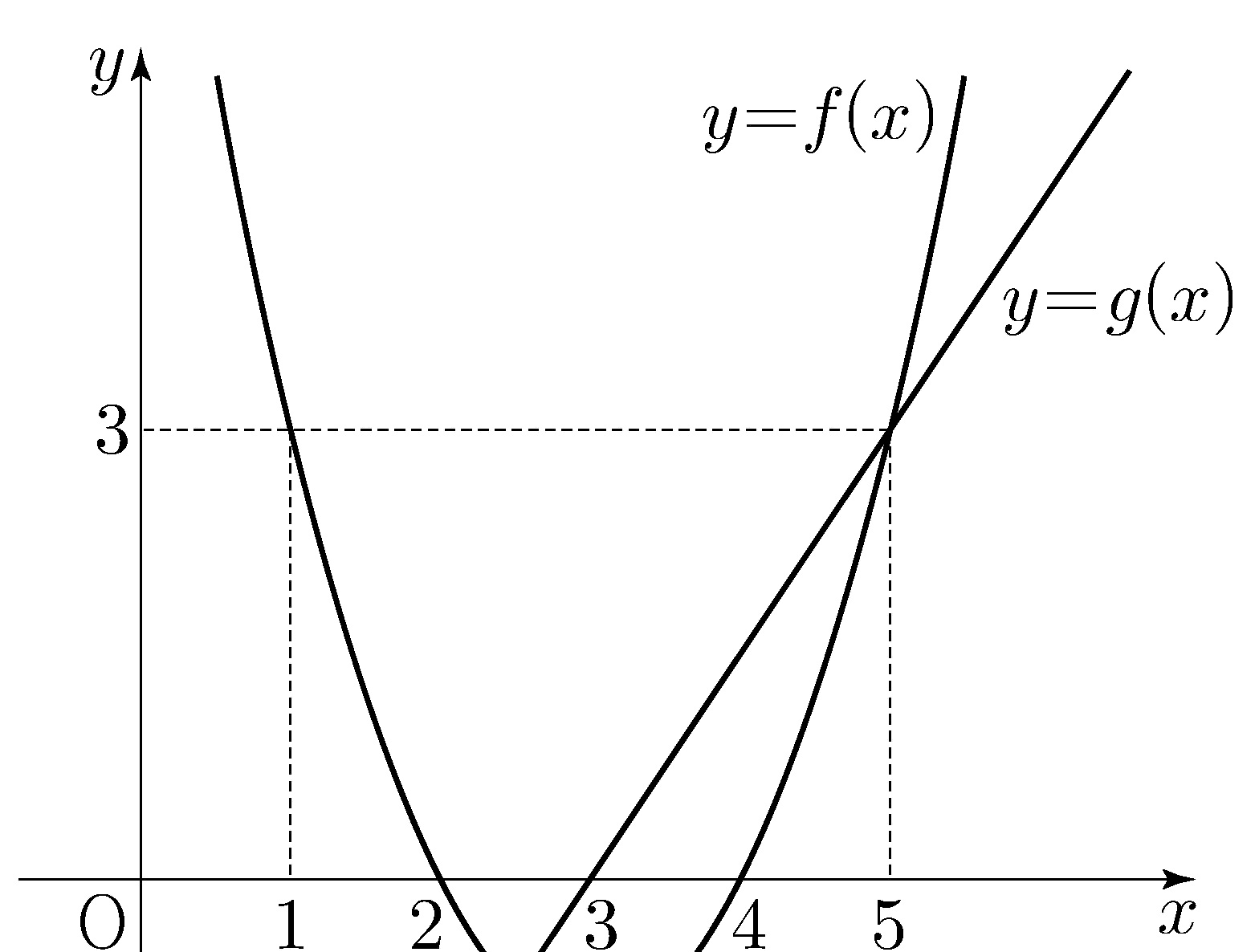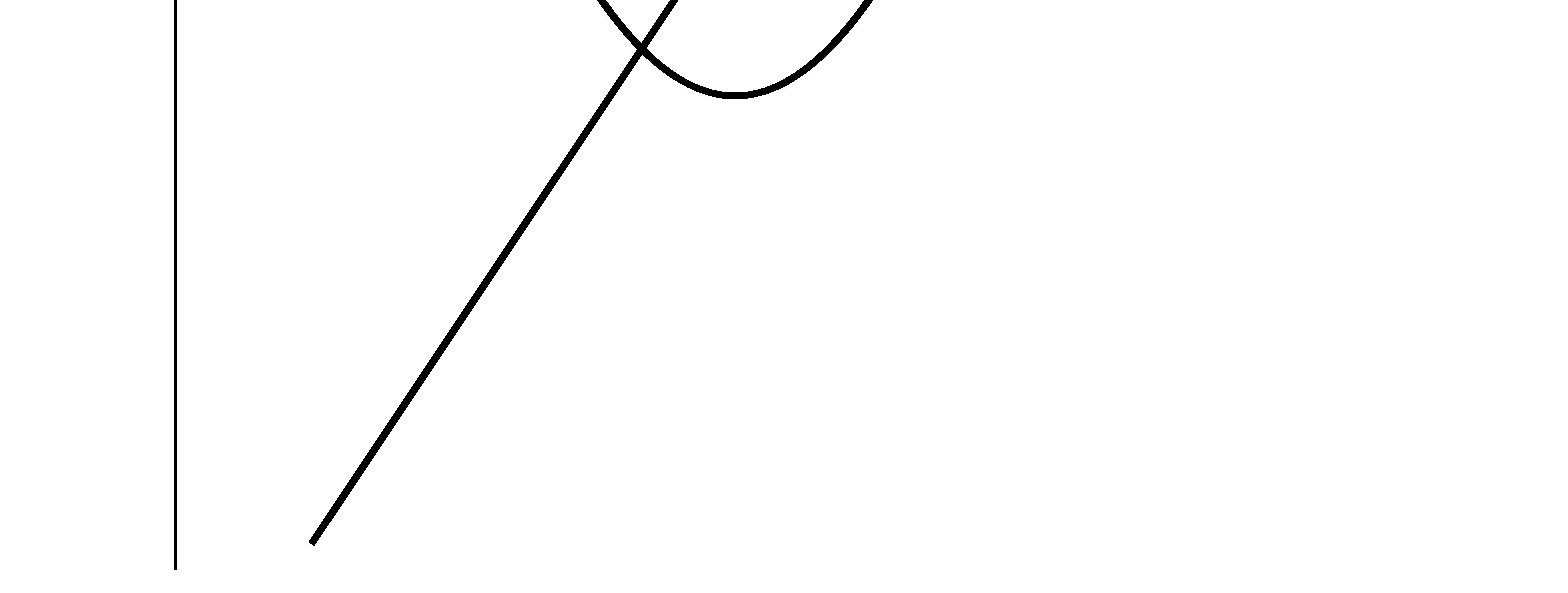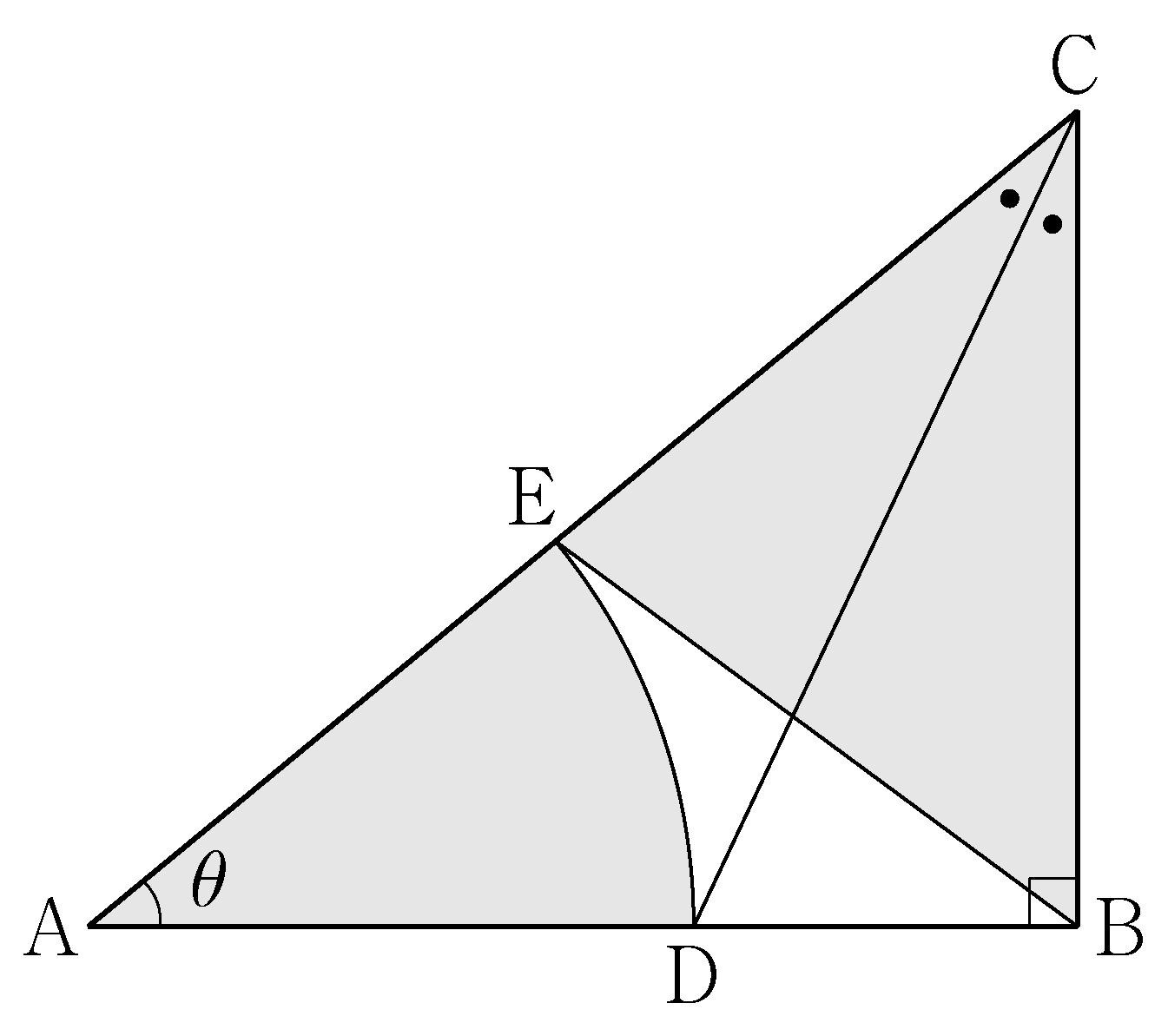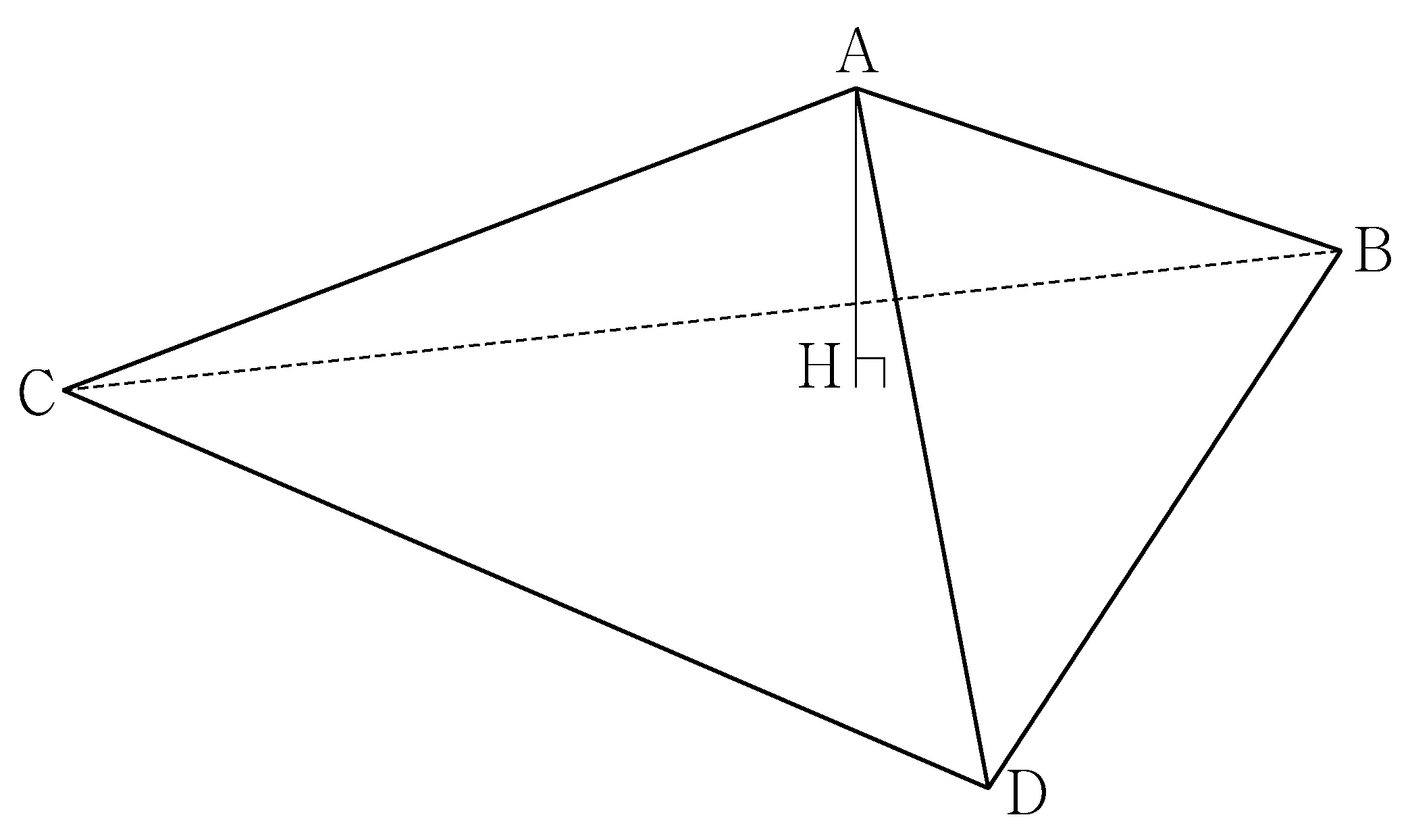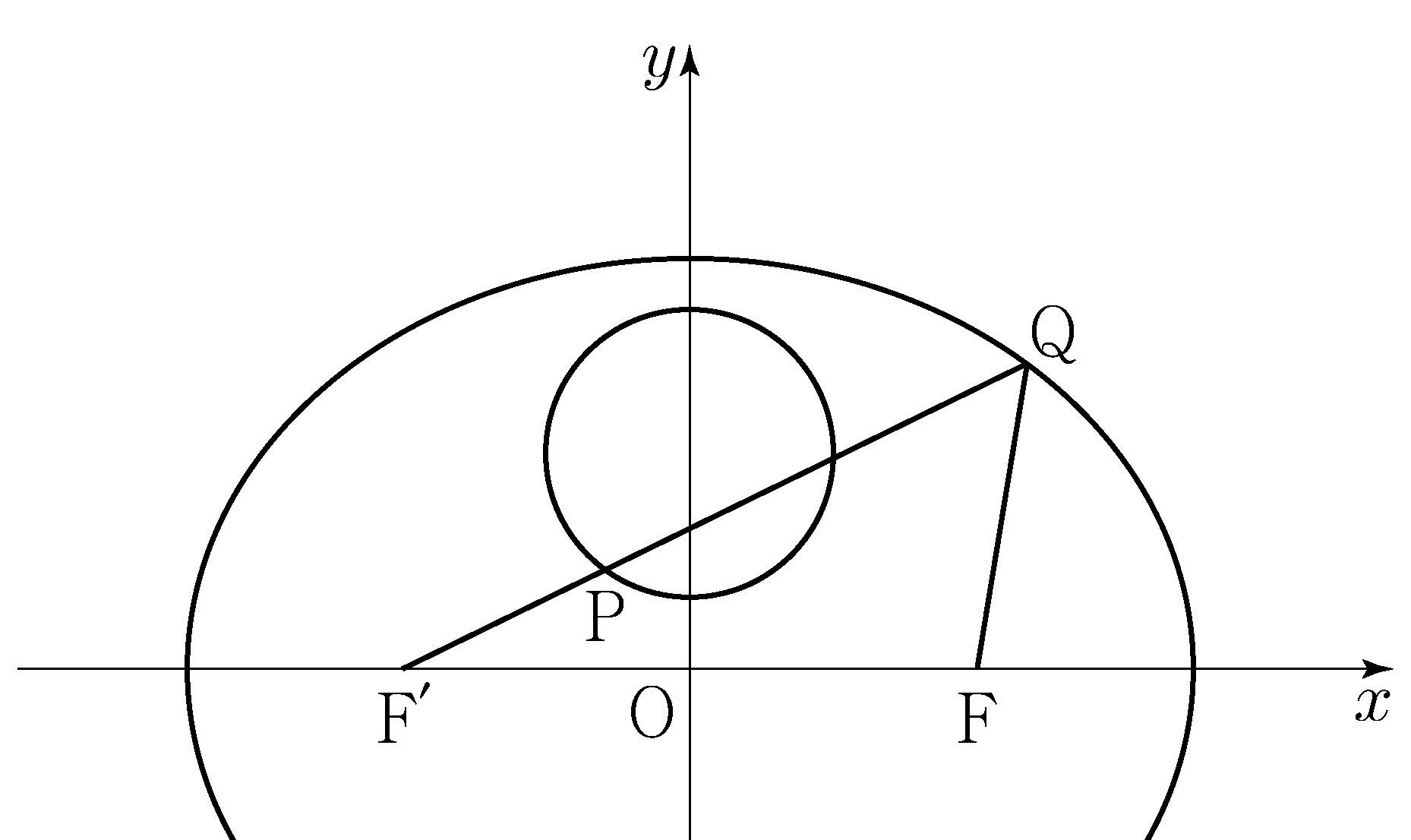Let \(A\) and \(B\) be the image of \(f\) and \(f \circ f\) respectively.
If \(n(A) = 6\) then \(f\) is bijective, and \(f \circ f\) is also bijective, so \(n(B) = 6\).
If \(n(A) \leq 4\) then \(n(B) \leq 4\) since \(B \subseteq A\).
Therefore it should be that \(n(A) = 5\) and \(B = A\).
-
There are \(\fbox{\(\;(\alpha)\;\)}\) ways
to select a subset \(A\) of \(X\) where \(n(A) = 5\).
-
For \(A\) selected in (i),
let \(k\) be the element of \(X\) that is not an element of \(A\).
Since \(n(A) = 5\), there are \(\fbox{\(\;(\beta)\;\)}\) ways
to select \(f(k)\) from \(A\).
-
For \(A=\{a_1,a_2,a_3,a_4,a_5\}\) selected in (i)
and \(f(k)\) selected in (ii),
since \(f(k) \in A\) and \(A = B\),
it should be that \(A=\{f(a_1),f(a_2),f(a_3),f(a_4),f(a_5)\}\).
The number of cases where this holds
is equal to the number of bijections from \(A\) to \(A\),
which is \(\fbox{\(\;(\gamma)\;\)}\).
By
(i), (ii) and
(iii),
the number of functions \(f\) to compute is
\(\fbox{\(\;(\alpha)\;\)}\times\fbox{\(\;(\beta)\;\)}\times\fbox{\(\;(\gamma)\;\)}\).
